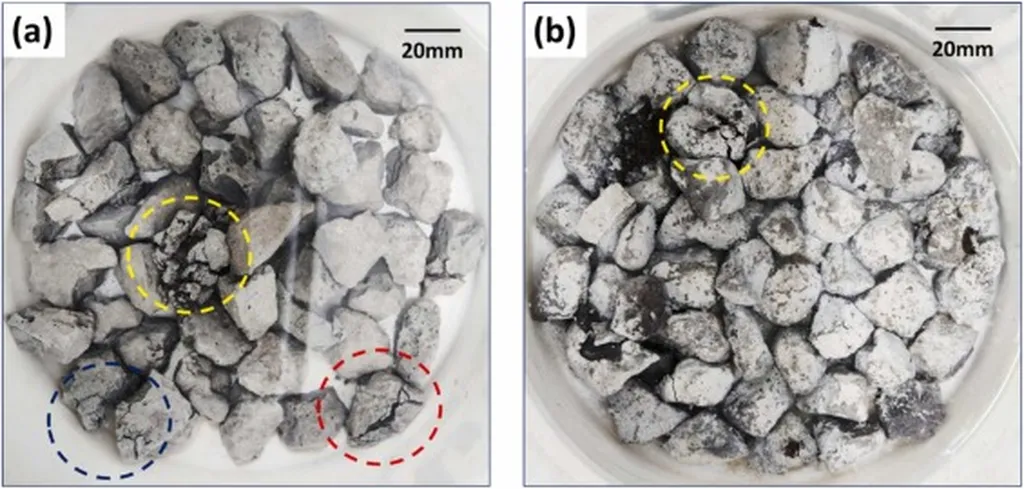In the quest for sustainable construction materials, researchers have turned their attention to an unlikely candidate: basic oxygen furnace slag (BOFS), a byproduct of steel production. A recent study published in the *Journal of Sustainable Construction Materials and Technologies* (translated from Portuguese as *Journal of Sustainable Construction Materials and Technologies*) explores the potential of using BOFS as a fine aggregate in concrete, offering promising insights for the construction and energy sectors.
The study, led by Hakan Ozkan of Betâo Liz SA in Portugal, investigated the physical, mechanical, and durability properties of concrete incorporating BOFS from two steel production facilities in Türkiye. The findings reveal a nuanced picture of BOFS’s potential as an alternative to traditional fine aggregates like crushed limestone.
As the replacement ratio of E-BOFS increased, the water-to-cement (w/c) ratio had to be adjusted to maintain workability. “This indicates that the water absorption characteristics of BOFS play a crucial role in the fresh properties of concrete,” Ozkan explained. The study found that while E-BOFS showed consistent reductions in compressive strength with higher replacement ratios, I-BOFS maintained higher strength levels even up to 80% substitution. This disparity highlights the importance of the source and characteristics of BOFS in determining its suitability for concrete applications.
Flexural strength followed a similar trend, with notable reductions at higher BOFS levels, though I-BOFS again performed better. Water penetration depth values remained comparable to reference concrete up to a 60% replacement ratio, but higher levels led to increased permeability. “The inherent properties of BOFS, such as mechanical strength, water absorption, and fines content, significantly influence the fresh and hardened concrete properties,” Ozkan noted.
The commercial implications of these findings are substantial. The construction industry is continually seeking sustainable and cost-effective materials to reduce its environmental footprint. BOFS, a byproduct of steel production, offers a potential solution by repurposing industrial waste into a valuable construction material. This could lead to reduced disposal costs for steel plants and a new revenue stream from selling BOFS as an aggregate.
Moreover, the energy sector, which often requires robust and durable materials for infrastructure projects, could benefit from the enhanced sustainability and potential cost savings offered by BOFS aggregates. However, the study underscores the need for detailed testing before widespread adoption. “The utilization ratio of BOFS in concrete might be limited by its specific properties, and careful consideration is required to ensure optimal performance,” Ozkan cautioned.
As the construction and energy sectors strive for greater sustainability, the findings of this study provide a compelling case for further exploration of BOFS as a viable alternative aggregate. The research not only advances our understanding of BOFS’s potential but also paves the way for innovative solutions that align with the growing demand for eco-friendly construction materials.

